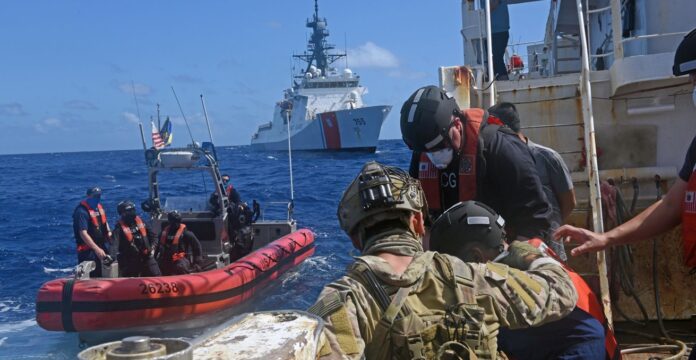By Shaun Cameron*
Southeast Asia’s maritime environment faces threats from piracy, slavery, and illegal, unreported, and unregulated (IUU) fishing. A maritime security program tailored for the region may address these issues while drawing partners closer to Australia. (Australian Institute of International Affairs.)


